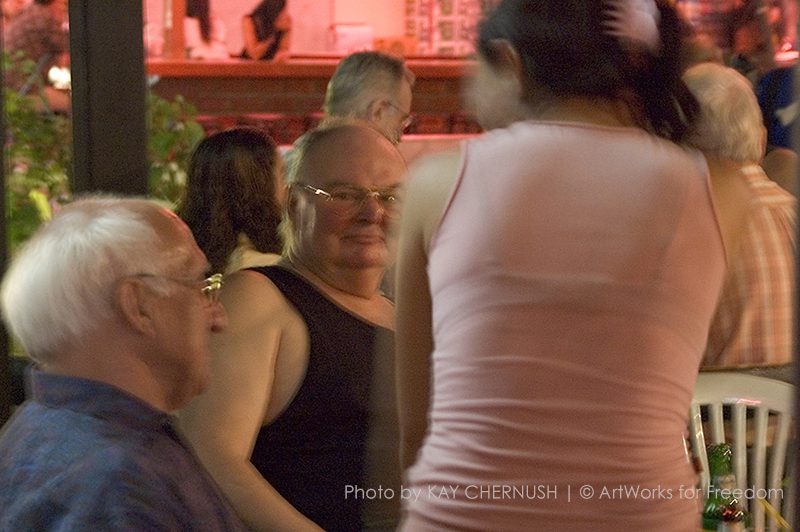Top 4 States for Human Trafficking

While the United States has robust anti-trafficking efforts on national and local levels, it is still a major source and destination country, with high levels of international and domestic trafficking. Data on where exactly trafficking is occurring in the United States remains limited, not only because of the inherently underground nature of the crime, but also lagging and disjointed data collection efforts. For example, within the U.S. government there have been at least eight separate divisions housing data on human trafficking and three separate databases.
A 2013 report by the Polaris Project confirms commonly cited statistics on the top states for human trafficking. Using data collected by the National Human Trafficking Resource Center Hotline(1-888-373-7888), the Polaris Project found that that between 2007 and 2012 the most potential reports of human trafficking came from California, Texas, Florida, and New York.
California
California’s Office of the Attorney General acknowledges that California is one of the nation’s top destination states. The office attributes it to the state’s population, location on the border, high immigrant population, and its large economy. California struggles with child sex trafficking, with the FBI rating San Francisco, Los Angeles, and San Diego as areas of “high intensity child prostitution.”
Californa’s government is actively working to combat human trafficking in the state. Between 2010 and 2012,California’s task forces initiated 2,552 investigations into human trafficking, identified 1,277 victims, and arrested 1,798 individuals.
Texas
Texas received 10 percent of the calls into the National Human Trafficking Resource Center Hotline. A recent report by the Texas Department of Public Safety compiled Texas’s known, albeit scant, human trafficking statistics:
- 957 suspected victims and 1,057 suspected human trafficking incidents have been reported by Texas-based reporting agencies to federal databases since 2007;
- as of January 2014, 99 inmates were incarcerated in Texas prisons with convictions of human trafficking or compelling prostitution;
- and the number of state charges of human trafficking increased from 20 in 2010 to 101 in 2013, and in the same time frame the number of state charges in compelling prostitution increased from 54 to 74.
The report’s outlook acknowledged that the state is likely to continue being vulnerable to sex trafficking and labor trafficking.
Florida
The most recent state government report on human trafficking in Florida is dated 2010. It notes that in 2010, 32 foreign nationals received certification as victims of human trafficking by the Department of Health and Human Services Office of Refugee Resettlement (ORR). In 2010, 55 human trafficking victims received services from the ORR. Of those victims, 50 were labor trafficking victims and 5 were sex trafficking victims. In 2010, Florida’s hotline specifically established for reports of child abuse, reported 271 allegations of child trafficking.
Florida’s Department of Children and Family Services has developed an aggressive system for tracking children who have run away from foster care. In 2010, the Department tracked 2,062 runaways, and identified 96 of them as potential victims of child sex trafficking.
New York
New York, and specifically New York City, has been identified as a hub for human trafficking. New York’s large immigrant population, close proximity to major international airports and other ports of entry, and its concentration of formal and informal industries that lack close regulation all contribute to the prevalence of human trafficking in the state. New York had an interagency task force specifically to lead the fight against human trafficking that consisted of 9 state agencies. But after producing one report in 2008, the task force was repealed in 2013.
Despite poorly reported statistics on human trafficking, the state’s battle against the crime is one of the most progressive in the country. New York was the first state to pass a safe harbor law in 2008, ensuring that children are not charged for involvement in prostitution. New York’s legal framework around human trafficking has received the Polaris Project’s highest rating since the group first started ranking states in 2011. New York also recently became the first state to have a system of courts dedicated to human trafficking.
